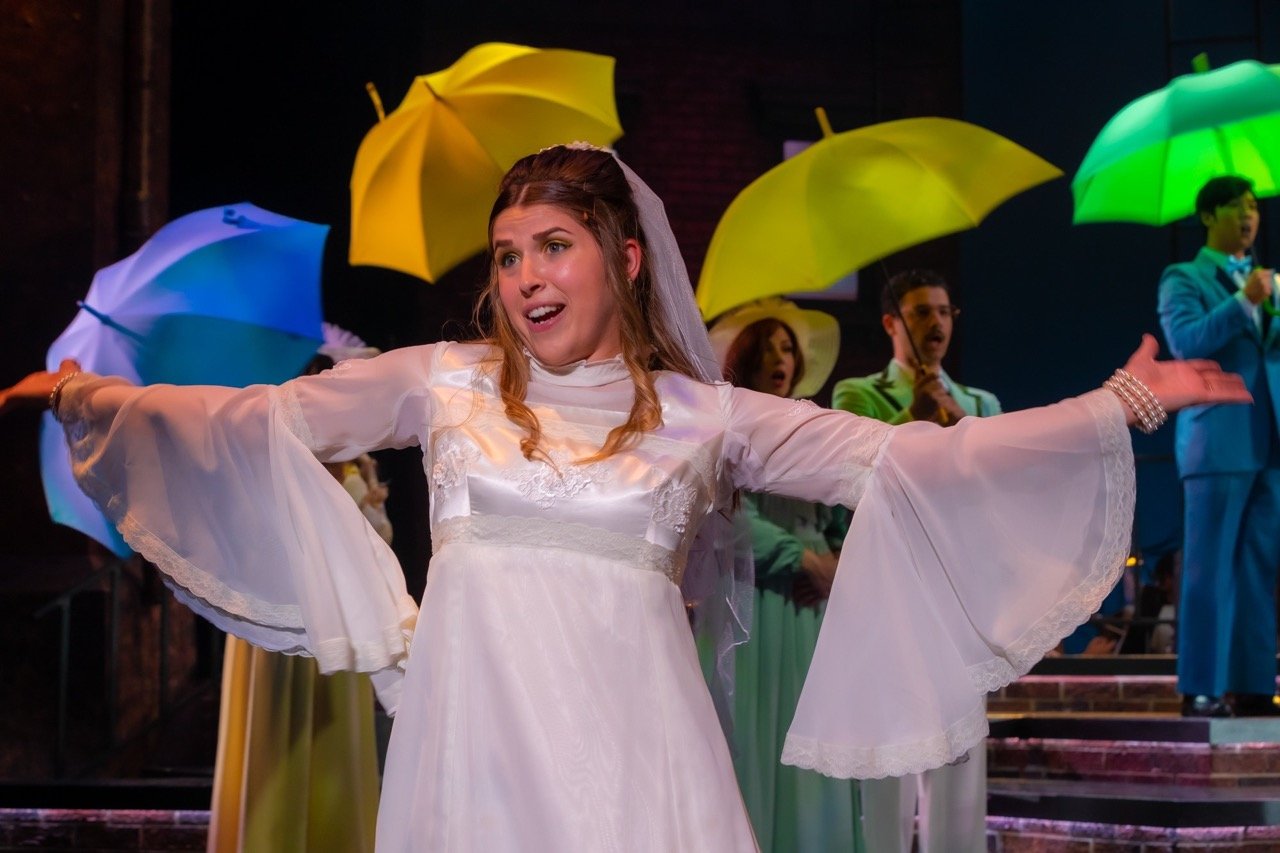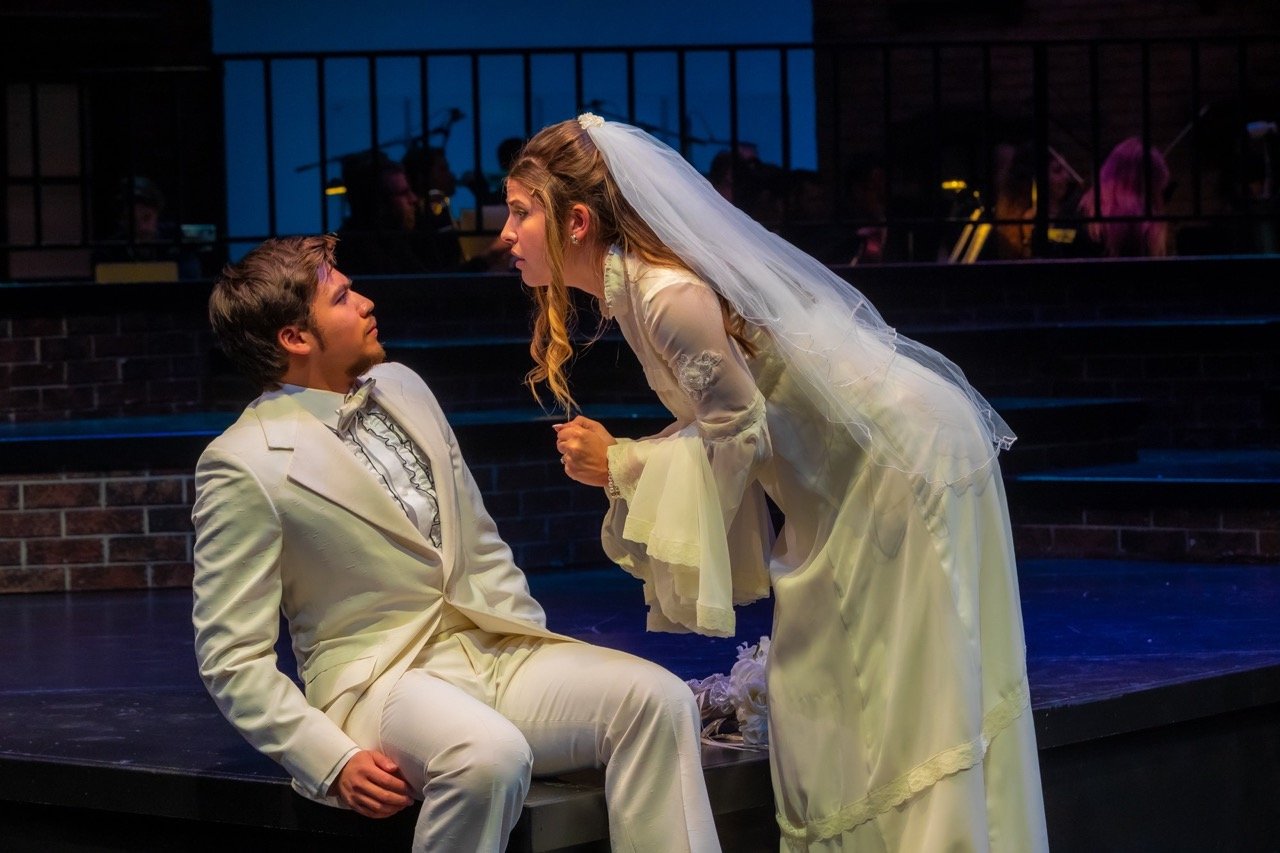Company















Creative Team
Music & Lyrics byStephen Sondheim
Book byGeorge Furth
Directed byEli Simon
Music DirectionLex Leigh
ChoreographyAllison Eversol
Scenic DesignBrandon PT Davis
Costume DesignCassie DeFile
Lighting DesignJacob P. Brinkman
Sound DesignGarrett Gagnon
